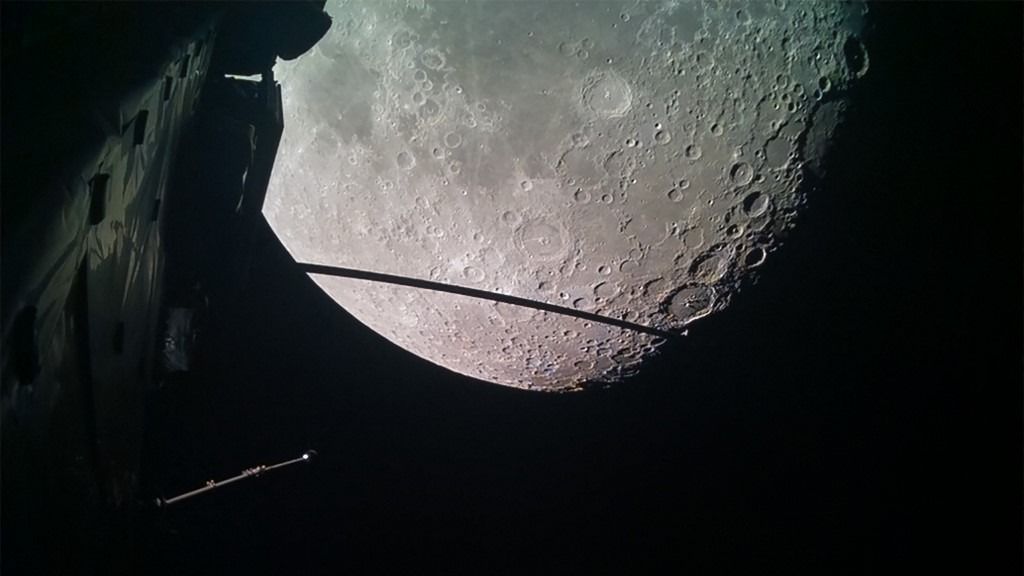After flying past the Moon, JUICE turned around, and upon reaching Earth, it approached Southeast Asia and the Pacific Ocean at a distance of 6,840 kilometers, while taking pictures with its cameras and collecting scientific data with its instruments. I mentioned About Ignacio Tanco, Mission Operations Manager from ESA's Operations Centre in Darmstadt.

Photo: AFP
The spacecraft was launched in April 2023 toward the largest giant planet in the solar system. The mission, which will last until 2035, aims to observe Jupiter and the planet's three large moons, Europa, Ganymede and Callisto.
The spacecraft will perform a total of four gravity swing maneuvers near Earth and Venus to conserve its propellant. Upon arrival at Jupiter, JUICE will first enter orbit around the giant planet, circle its three icy moons 35 times, and then stop in late 2034 and enter orbit around Ganymede to study its surface.
The risky swing maneuver went smoothly, Tanko said, saving the probe between 100 and 150 kilograms of propellant, which it can use to make its mission last longer than planned and get closer to Ganymede.
Thanks to JUICE's close-to-Earth flyby, ESA has also been able to study the behaviour of the spacecraft's instruments, which could help us understand how they interact with Jupiter's environment, added ESA scientist Claire Vallat.
Researchers from the HUN-REN Center for Astronomy and Earth Science Research are also participating in the PRIDE (Planetary Radio Interferometry and Doppler Experiment) experiment of the JUICE mission.






